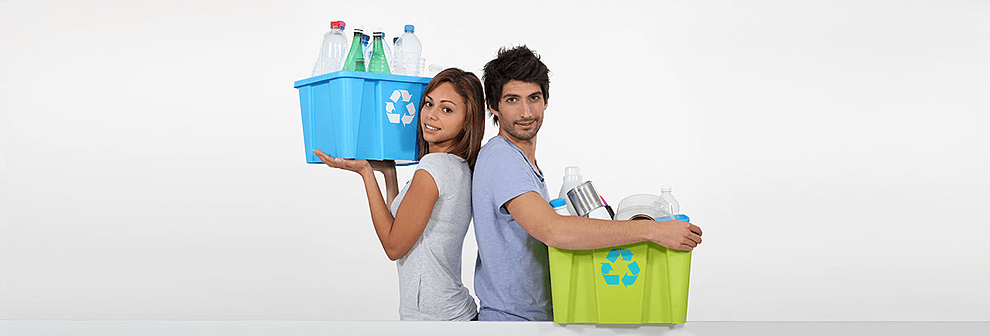Recycling: Material Reprocessing
Posted on 23/11/2024
Recycling is an integral part of environmental conservation, involving the reprocessing of waste materials into new, functional products. This process helps to reduce waste, save energy, and conserve natural resources. Understanding the significance and mechanics of recycling can empower individuals and communities to participate actively in sustainable practices.
Types of Materials that Can Be Recycled
Recycling isn't limited to a single type of material; it encompasses a variety of substances:
- Plastics: PET, HDPE, and PVC are some common types of plastics that can be recycled into new plastic products or even textiles.
- Metals: Aluminum and steel can be reprocessed into new cans, automotive parts, and construction materials.
- Paper: Newspapers, cardboard, and office paper can be recycled into new paper products.
- Glass: Glass bottles and containers can be continually recycled without loss of quality.
- Electronics: E-waste recycling allows for recovery of valuable metals and components.

The Recycling Process
Recycling involves several crucial steps, from collection to reprocessing:
- Collection: Recyclables are gathered from homes, businesses, and recycling centers.
- Sorting: Materials are sorted based on type and quality, either manually or through automated systems.
- Cleaning: Contaminants are removed to ensure the materials are pure for processing.
- Reprocessing: Clean materials are then transformed into new raw materials through melting, shredding, or pulping.
- Manufacturing: The new raw materials are used to create new products.
Pros and Cons of Recycling
Like any process, recycling has its benefits and drawbacks.
Pros
- Environmental Protection: Reduces the need for landfill space and conserves natural resources.
- Energy Savings: Producing new products from recycled materials typically requires less energy than creating them from virgin materials.
- Economic Benefits: Generates jobs in the recycling and manufacturing industries.
Cons
- High Costs: Initial setup and maintenance of recycling facilities can be expensive.
- Contamination: Non-recyclable materials or improperly cleaned recyclables can contaminate entire batches.
- Limited Market: Demand for recycled materials can be inconsistent, affecting profitability.
Tips for Effective Recycling
To contribute effectively to recycling efforts, consider the following tips:
- Know Your Local Guidelines: Different municipalities have different recycling regulations. Be informed about what can and can't be recycled in your area.
- Clean Your Recyclables: Rinse out food containers and other items to reduce contamination.
- Separate Materials: Keep different types of recyclables (like paper, plastics, and metals) separate to facilitate more efficient processing.
- Reduce and Reuse: Minimize waste generation by choosing reusable products and opting for items with minimal packaging.

Key Takeaways
- Recycling is essential for conserving resources and energy, and reducing landfill waste.
- A variety of materials including plastic, metal, paper, glass, and electronics can be recycled.
- Effective recycling involves proper sorting, cleaning, and adherence to local guidelines.
- There are both advantages (such as environmental protection and economic benefits) and disadvantages (like high costs and contamination) associated with recycling.
Conclusion
Recycling stands as a powerful tool in the fight against environmental degradation. By understanding the mechanics of material reprocessing, and actively participating in recycling initiatives, we can collectively make a significant impact on the planet's health. Awareness, education, and consistent efforts are key to transforming our approach to waste and adopting more sustainable lifestyles.






